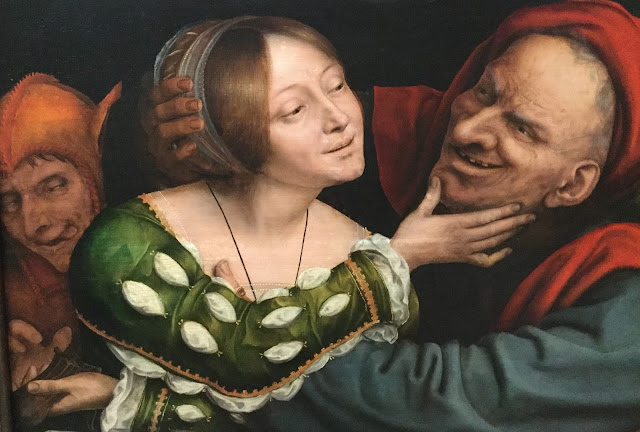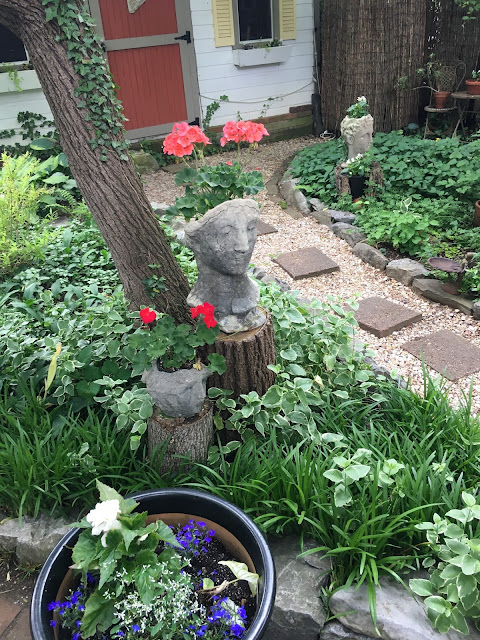Unsolved Connecticut: The Murder of Baby Doe:
Was it a Ritual Killing?
By
John William Tuohy
On the cold and rain filled
morning March 14, 1986, a road crew found the body of infant boy, perhaps only
several hours old. He had been strangled, his jaw was broken, and his face
mutilated. Yet he was wrapped in white blood stained blankets. Someone had laid
coins, pieces of fruit, and other objects around the body and a burlap altar
was placed near the body as well. Close by the corpse, police found bloody
pajama top and bottom that probably belonged to the infant’s mother. Because of
that, in a case without almost any leads at all, the police do have a full DNA
profile of the baby's unknown mother.
Whoever butchered the child made
no attempts to hide the body which told investigators several things; the
murderer left the corpse out in the open near the banks of Lake Mohegan in
Fairfield, Connecticut where they knew it would be discovered.
In what might be a related
incident, the police learned that just 18 hours before the baby was found dead
on the lake shore that someone had delivered a baby in a bathroom stall of a
building that then housed a bank data-processing center. Someone who worked there
read about the baby at the lake and notified investigators but “Unfortunately”
an investigator said “the cleaning crew cleaned it up. We didn't find out about
it until two days later, when someone from the building read about the baby
found at Lake Mohegan."
The coins, pieces of fruit, and
other objects lying around the baby’s body seemed to indicate that the baby was
part of a ritual involving Palo Mayombe or perhaps the secrecy surrounded Santeria,
a combination of religious traditions drawn from the Yoruba faith, with roots
in Africa and South America, and the worship of Catholic saints. Both Santeria
and Palo Mayombe (An offshoot of Santeria) are known to ritually use human
remains.
The organizational structure of
both Santeria and Palo Mayombe follows the model of a family, a left over from
the days of slavery when blood families often were broken up by slave holders,
this model was particularly significant and taken literally.
Considering that
fact, it was odd that years after the killing, police detectives followed a
clue about a local drug gang called "Number One Family" which led the
police to a home in Bridgeport, Connecticut where foster children were living
in 1986. "We discovered” an investigators said “there were a lot of
complaints of sexual abuse that were happening in the home" but the clues
led to nowhere. The case is still open.
Santeria is said to be widely
used by Caribbean dope dealers operating in the United States and investigators
have reported finding Santeria altars in drug dealer’s homes on numerous occasions.
So was the murder related to a dope deal?
“They wanted him to be found” the
cops said “it was probably a message killing” and the killer knew that such a
horrific murder would get plenty of press coverage. The location of the body
also told the police that the killer or killers knew were familiar with the
area because "The north end of the lake is not a place you would stumble
upon."
But there have been other ritual
related cases in the nutmeg state. On April 22, 2007 Imani Joyner, died and
been buried in Woodlawn Cemetery in Stamford. Born by an emergency Caesarean
section, at 27 weeks Imani weighed only 2 pounds and 12 ounces. Doctors
determined that she had semilobar holoprosencephaly, a condition that causes
babies to die before birth or shortly after. However Imani survived until she
was 2 and half years old. She had been considered a miracle baby by her
doctors.
In 2009, two men were fishing in
Passaic River in Clifton, NJ and found Imani Joyner body in a sealed plastic
garbage bag at the shoreline. Police were able to identify the corpse from a
bracelet on the girl's wrist from the hospice where she was being treated when
she died which led them to Imani’s grave. When they exhumed the site all they
found was an empty coffin that had been broken into.
"The casket was broken and
smashed in and it looks like the body was pulled up through that hole," an
investigator said. State Police think that the child’s corpse was stolen for use
in ritual to capture her "fighting spirit."







































































































